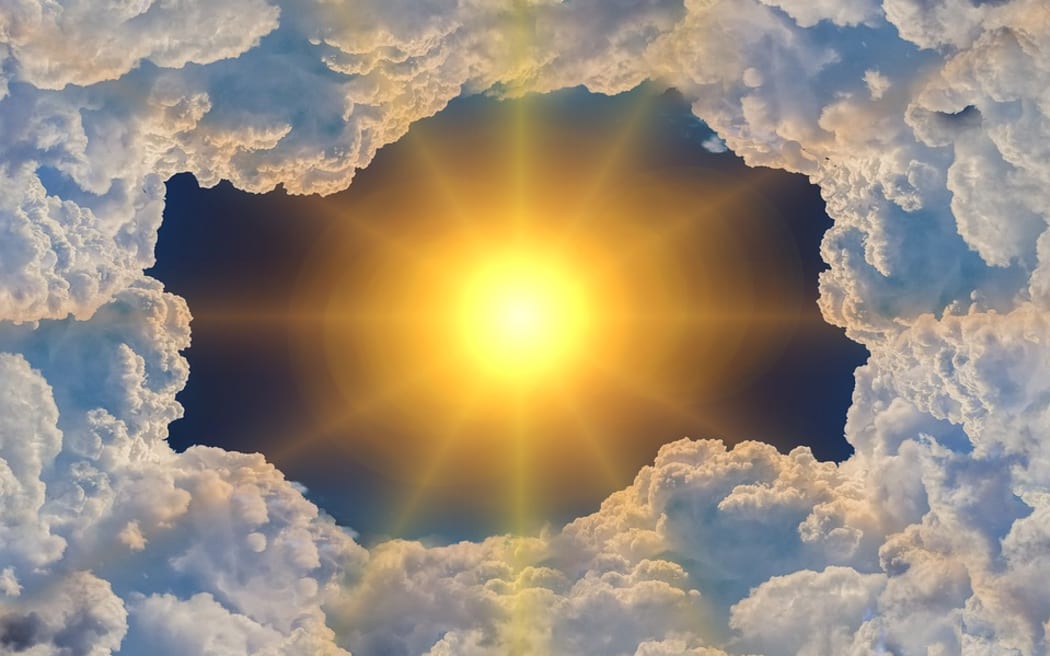Ozone hole 'likely' affected by massive Tonga volcanic eruption | RNZ News

Quote from OhauitiWeather on 6 September 2023, 1:06 pmThe Hunga Tonga-Hunga Ha'apai volcano eruption of January 2022 may have affected the ozone hole in the earth's atmosphere.
The Copernicus Atmosphere Monitoring Service (CAMS) said lower ozone column measurements and other indicators over the South Pole mark an early start to the ozone hole this year.
It said the ozone column values compared to the previous 43 years of satellite observations, together with other key indicators, show the startling changes.
CAMS said one of the potential reasons that could explain this unusual start of the ozone hole season, is the increase in water vapour brought to the atmosphere by the eruption.
However, recent changes and the CAMS forecast show the situation is coming closer to the average.
CAMS said the precise influence of the Hunga-Tonga eruption in the Southern Hemisphere ozone hole is still a matter for research.
The Antarctic ozone hole is an atmospheric phenomenon that occurs during spring each year.
Under normal conditions in the Southern Hemisphere stratosphere the hole starts to form in mid-to-late August, as the sun rises over the South Pole, and closes towards the end of November.
In 2023 the development started unusually early following some of the lowest minimum total column ozone values for the Southern Hemisphere in the last four decades throughout July. Because of this, its total area is relatively high, although its progression has followed a fairly typical pattern of growth.
"Our ability to provide three-dimensional analyses and forecasts of the ozone in the poles is a powerful approach to monitor, in real time, how ozone holes develop, and to assess what are the key drivers behind what is being observed," CAMS director, Vincent-Henri Peuch said.
"This gives us insights about the extent to which particular events affect this year's development of the Antarctic ozone hole, such as the Hunga Tonga-Hunga Ha'apai eruption of last year that increased the amount of water vapour in the stratosphere.
"It is currently an open question for scientists, and CAMS will continue to provide its detailed monitoring information until the 2023 ozone hole dissolves later in November or December," he said.

Photo: creative commons - pixabay -geralt
Ozone hole 'likely' affected by massive Tonga volcanic eruption | RNZ News
The Hunga Tonga-Hunga Ha'apai volcano eruption of January 2022 may have affected the ozone hole in the earth's atmosphere.
The Copernicus Atmosphere Monitoring Service (CAMS) said lower ozone column measurements and other indicators over the South Pole mark an early start to the ozone hole this year.
It said the ozone column values compared to the previous 43 years of satellite observations, together with other key indicators, show the startling changes.
CAMS said one of the potential reasons that could explain this unusual start of the ozone hole season, is the increase in water vapour brought to the atmosphere by the eruption.
However, recent changes and the CAMS forecast show the situation is coming closer to the average.
CAMS said the precise influence of the Hunga-Tonga eruption in the Southern Hemisphere ozone hole is still a matter for research.
The Antarctic ozone hole is an atmospheric phenomenon that occurs during spring each year.
Under normal conditions in the Southern Hemisphere stratosphere the hole starts to form in mid-to-late August, as the sun rises over the South Pole, and closes towards the end of November.
In 2023 the development started unusually early following some of the lowest minimum total column ozone values for the Southern Hemisphere in the last four decades throughout July. Because of this, its total area is relatively high, although its progression has followed a fairly typical pattern of growth.
"Our ability to provide three-dimensional analyses and forecasts of the ozone in the poles is a powerful approach to monitor, in real time, how ozone holes develop, and to assess what are the key drivers behind what is being observed," CAMS director, Vincent-Henri Peuch said.
"This gives us insights about the extent to which particular events affect this year's development of the Antarctic ozone hole, such as the Hunga Tonga-Hunga Ha'apai eruption of last year that increased the amount of water vapour in the stratosphere.
"It is currently an open question for scientists, and CAMS will continue to provide its detailed monitoring information until the 2023 ozone hole dissolves later in November or December," he said.

Photo: creative commons - pixabay -geralt
Ozone hole 'likely' affected by massive Tonga volcanic eruption | RNZ News
